Jan 05 2024
A research group consisting of associate professor MORO Hiroshi of the Division of Infection Control and Prevention and full-time assistant professor BAMBA Yuuki of the Division of Respiratory and Infectious Diseases, Niigata University Medical and Dental Hospital, and Professor KIKUCHI Toshiaki of the Division of Respiratory and Infectious Diseases, Graduate School of Medical and Dental Sciences revealed the iron metabolism dynamics in severe infections. In this study, iron concentration over time in patients with bloodstream infections1 indicated a rapid fluctuation pattern of decreasing during the acute phase and recovering as the patient improved. Furthermore, this behavior of the iron blood concentration was caused by hepcidin2, an iron regulator associated with inflammation (Fig. 1). These iron metabolism dynamics are part of the immune response by the host, as they prevent bacteria from acquiring iron, an essential nutrient, and suppress their proliferation (Fig. 2). This research demonstrates the close relationship between iron metabolism and infectious diseases in clinical practice, and will bring new perspectives to the diagnosis and treatment of infectious diseases.
This research was published in Scientific Reports on November 6, 2023.
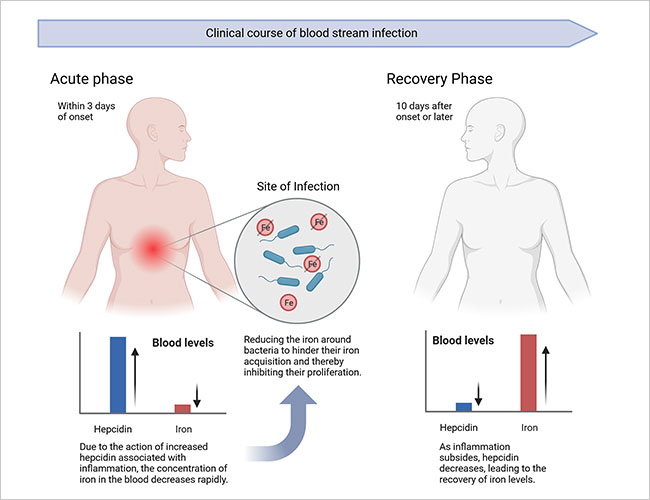
Figure 1. Iron metabolism during the course of severe infection
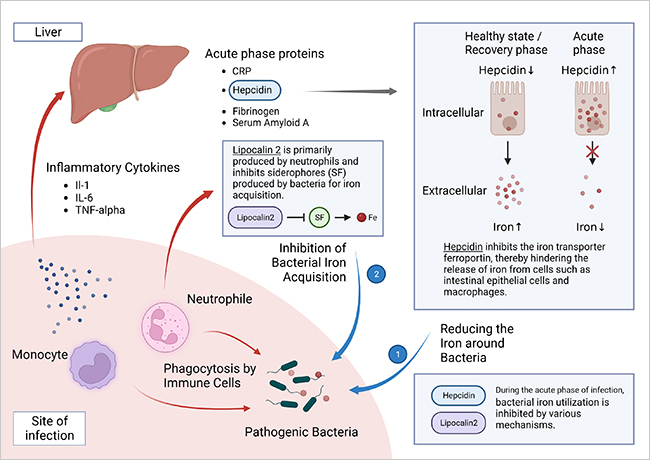
Figure 2. Regulation mechanism of iron metabolism associated with inflammation
1.Bloodstream infection
Refers to when bacteria are detected in circulating blood; sometimes called bacteremia.
2.Hepcidin
A protein that plays a central role in regulating iron metabolism. Produced in the liver in response to stimuli such as inflammation. Hepcidin controls a protein called ferroportin, which transports iron into the blood. When hepcidin levels are high, ferroportin levels decrease, leading to increased extracellular and blood iron concentration.
Journal: Scientific Reports
Title: Dynamics of Iron Metabolism in Patients with Bloodstream Infections: A Time-Course Clinical Study
Authors: Hiroshi Moro, Yuuki Bamba, Kei Nagano, Mariko Hakamata, Hideyuki Ogata, Satoshi Shibata, Hiromi Cho, Nobumasa Aoki, Mizuho Sato, Yasuyoshi Ohshima, Satoshi Watanabe, Toshiyuki Koya, Toshinori Takada, and Toshiaki Kikuchi
DOI: 10.1038/s41598-023-46383-7
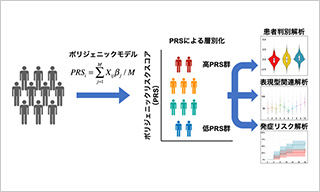
Polygenic effects on the risk of Alzheimer's disease in the Japanese population
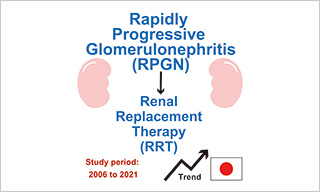
Trends in the incidence of renal replacement therapy due to rapidly progressive glomerulonephritis in Japan, 2006–2021
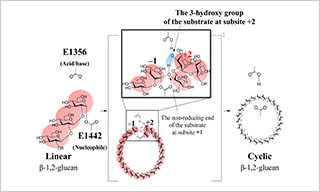
Uncovering The Cyclization Mechanism of Cyclic β-1,2-Glucan Synthase